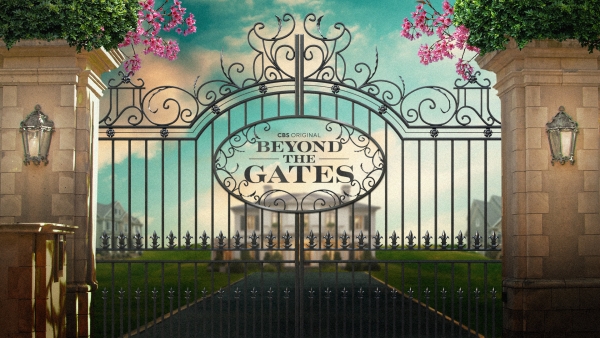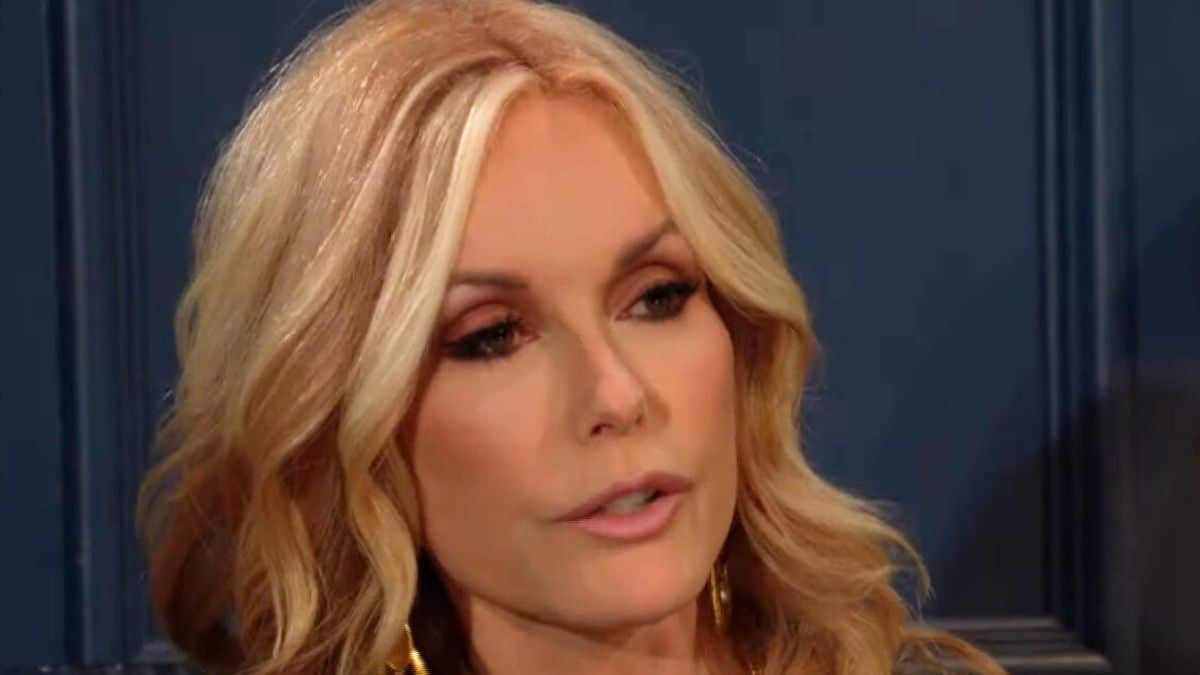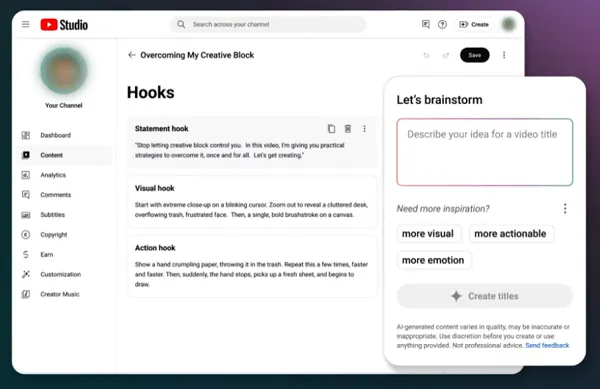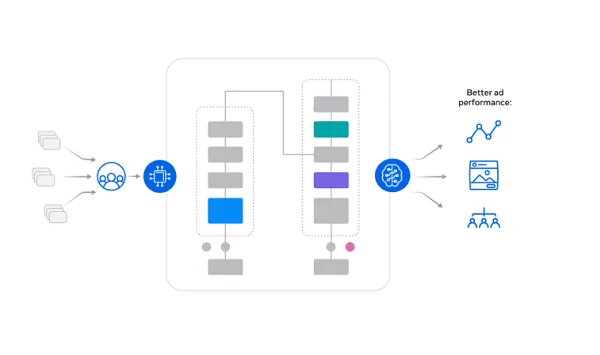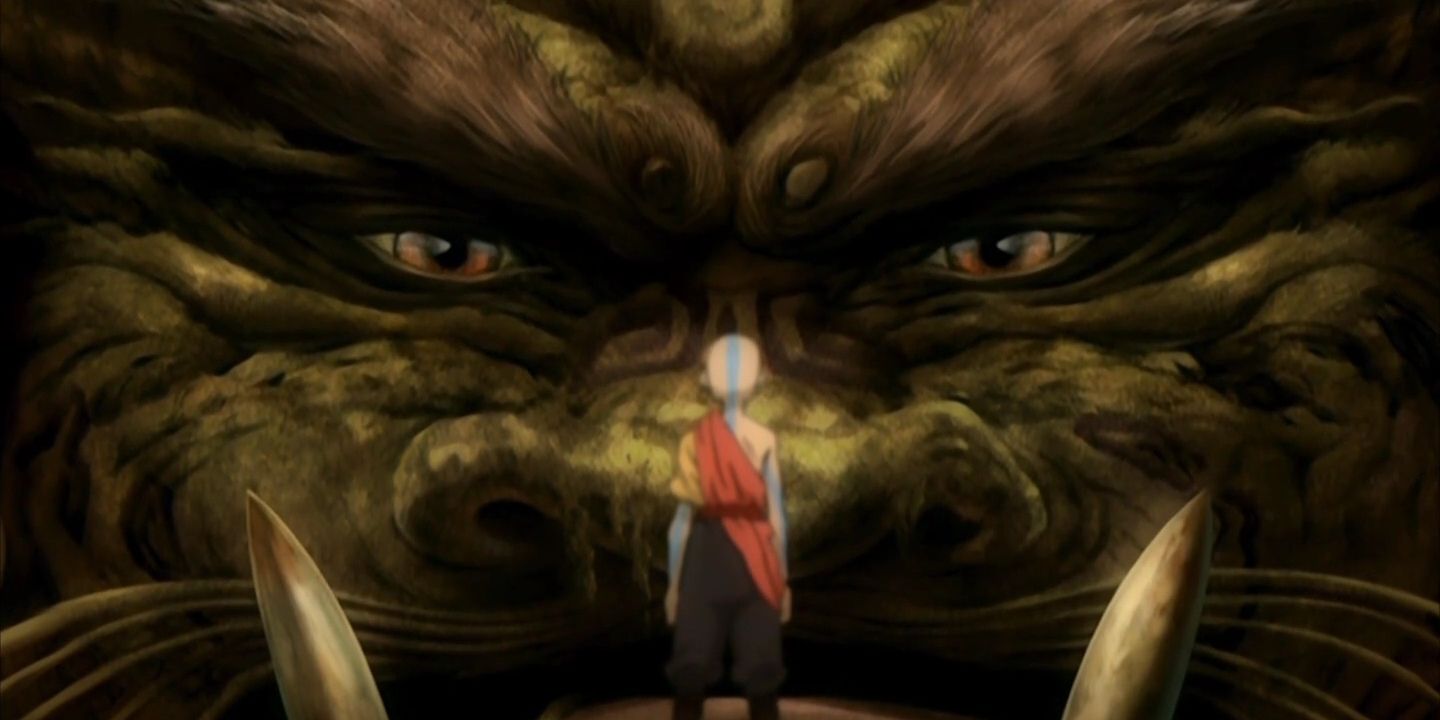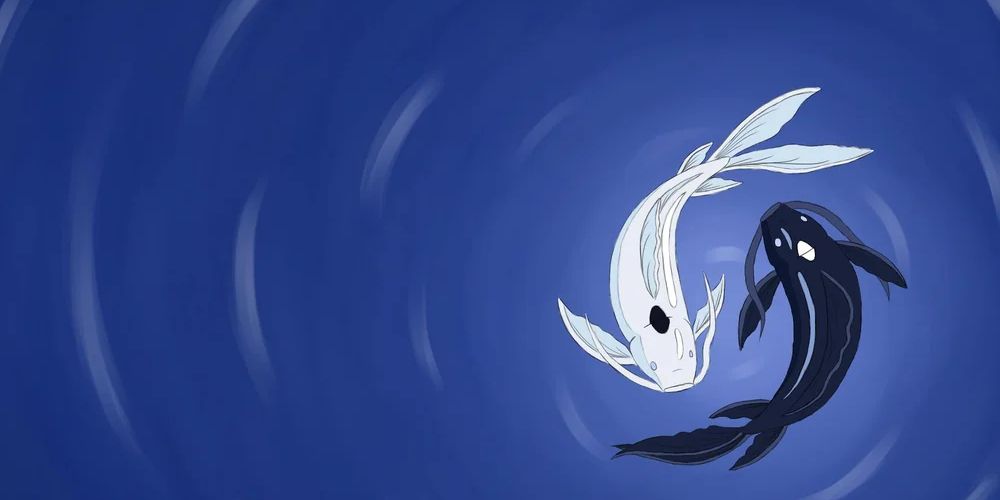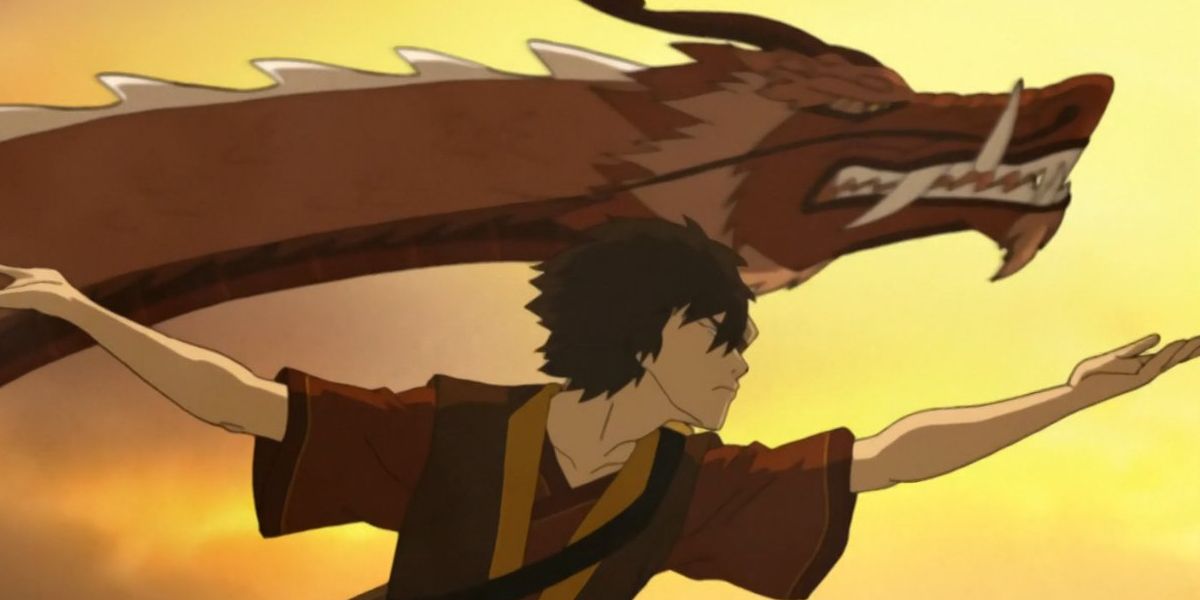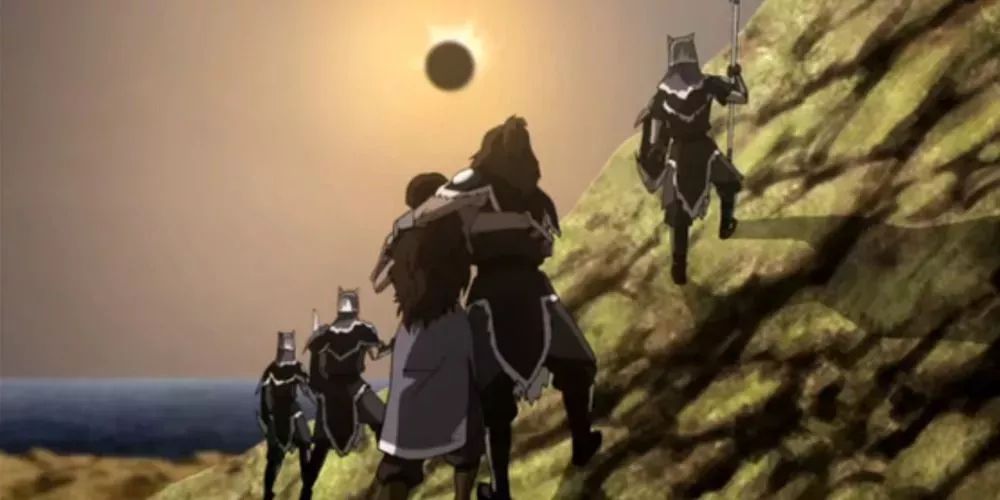Few, if any, shows are as close to perfect as Avatar: The Last Airbender. With its unique story and vibrant characters, it’s no wonder that the animated series launched a franchise that is still beloved nearly 20 years later. And the world is still growing, with Netflix’s live-action adaption and new projects from Avatar Studios to be released soon. But even this masterpiece isn’t quite flawless, leaving a few plot holes.
The series follows Aang (Zach Tyler Eisen), the Avatar and the only person alive capable of controlling all four elements, as he attempts to master his powers and stop a war that has been raging for 100 years. The story takes place in a world with four nations, each corresponding with one of the elements and home to benders that can control their native element. As the show introduces the world and its power system, it expands the lore, giving several different legends about the origins of bending. Aang and his friends encounter the truth behind each of them. Though they seem somewhat contradictory, the two main stories can work together with a little creativity, yet firebending is connected to a third source, which defies the established lore and never is fully explained. What’s strange about this lapse is that it is a significant part of the show’s final season as the firebenders lose their powers during an eclipse despite the lack of connection between their powers and the sun.
‘Avatar: The Last Airbender’ Establishes the Source of Bending
Avatar: The Last Airbender is filled with lore, especially when it comes to its unique bending styles. There are different variations to the bending origins, each with some evidence in the series. Throughout the series, each element discusses an “original bender” who taught the first human benders. These include the moon for water, badgermoles for earth, dragons for fire, and flying bison for air. The animals can each be seen manipulating the element. Even Toph (Jessie Flower), the self-proclaimed greatest earthbender, learned directly from the badgermoles as a child. More proof can be found in the episode where the last dragons teach Aang and Zuko (Dante Basco). If that wasn’t enough evidence for this legend, the Water Tribe’s relationship with the moon is seen in great detail in the Season 1 finale. But the series gives another explanation for bending, which is also proven. The ability to bend was gifted to people by the Lion Turtles, which were the homes of ancient civilizations. This legend is undeniable after Aang receives the unique ability to take away a person’s bending from one such creature.
Though these two legends may seem contradictory, they can work together, as seen in The Legend of Korra when the sequel series introduces the first Avatar. Wan (Steven Yeun) lived before bending was common, but the Lion Turtle temporarily gave it to individuals in his society who ventured into the Spirit Wilds. Wan was banished into the Wilds but allowed to keep firebending, which he mastered by working with dragons. This exemplifies how benders learned to use their powers effectively from the respective first benders despite the Lion Turtles being the source. It accounts for the significant variation in bending styles, as each developed independently, and also suggests how the different legends may have separated over time. Yet firebending’s connection to the sun does not factor into this explanation.
‘Avatar: The Last Airbender’ Connects Bending to Celestial Bodies
The sun isn’t the only celestial body that is tied to bending. The moon is supposed to be the first waterbender. Waterbending lore relies on spirits who represent the moon and ocean. When Admiral Zhao (Jason Isaacs) attacks the Northern Water Tribe and kills the moon spirit, the waterbenders cannot use their powers, showing this to be more than superstition. But this situation is not directly comparable to firebending as the moon is considered a first bender, whereas firebenders credit that to dragons. While it suggests that there may be a sun spirit, the show never actually explores the concept or what is happening to it during an eclipse. The sun is not the only celestial body that impacts firebending, as it is enhanced by the arrival of Sozin’s comet in the finale. This connection isn’t explored either but is just accepted and proven by the firebenders’ dramatic increase in power. It would be separate from a sun spirit, making the waterbending example less relevant.
Notably, waterbenders suffer no loss of powers during the day. Though they lose their powers with the death of the moon spirit, waterbenders have no issue when the moon is out of sight. Even the moon’s phases don’t weaken them. However, they gain power at the full moon, allowing Katara (Mae Whitman) to bloodbend only on those nights. This makes the connection less direct, similar to the firebenders, who, despite occasional comments about “rising with the sun” and so forth, do not generally experience an increase in power during the day.
‘Avatar: The Last Airbender’ Stresses the Personal Source of Firebending
The show involves benders and nonbenders, who are separated only by their ability. Based on the division of nations, bending appears to be genetic to an extent but not guaranteed, as seen by Katara and her nonbending brother, Sokka (Jack De Sena). Whatever makes some able to bend is determined by birth, meaning it is part of who they are. When it comes to firebending, in particular, it is impacted by emotions. As Zuko’s story progresses, he joins the Avatar and loses the hatred and anger and, therefore, his ability to firebend. This leads Aang and Zuko to the dragons so Zuko can explore firebending origins. Though this society is called the Sun Warriors, they protect the first benders and don’t reference the sun beyond the name, so this does nothing to explain firebenders’ connection to the sun.
‘Avatar: The Last Airbender’s Final Season Relies on This Unexplained Connection
The biggest issue is how significant the firebenders’ loss of powers is to the plot. Sokka discovers the reality in the spirit library, and the team uses an upcoming eclipse to plan an invasion in hopes of ending the war. Though it doesn’t go as planned, the first half of Season 3 revolves around this invasion, culminating in the two-part episode “Day of the Black Sun.” Yet how this opportunity came about doesn’t factor into the show at all. While the eclipse offers Aang and his allies a great opportunity, it doesn’t fit well with the established firebending lore, nor is it ever explained in detail.
The concept of firebenders losing power is cool, especially for the team trying to defeat them. But it doesn’t get the explanation it requires, nor does their spike in power that ultimately raises the stakes of the series finale. The lore of the world allows for different legends, but after proving both of those to be true in the series, Avatar: The Last Airbender gets greedy and creates another. The show explores the relationship between Zuko’s powers and inner turmoil, making it clear that the power is inside him, yet the eclipse and Sozin’s comet point to external sources. These connections don’t line up with the rest of the lore. In fact, they are in direct defiance of them. The twists caused by the firebenders’ power fluctuations are fascinating but underdeveloped, requiring a blind eye from fans.














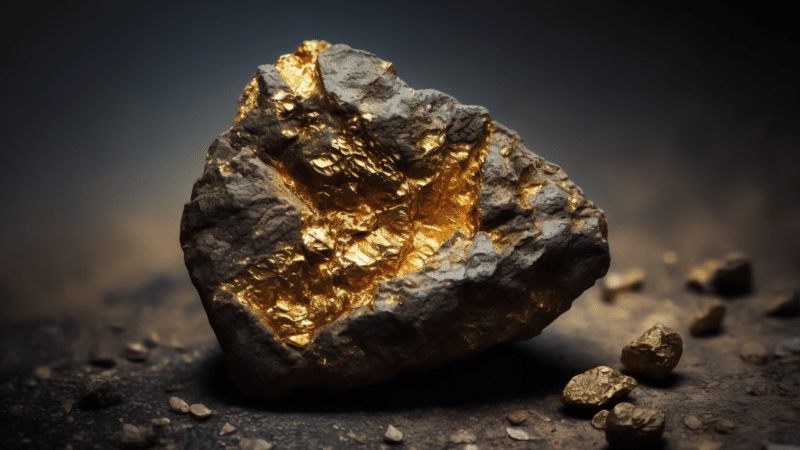
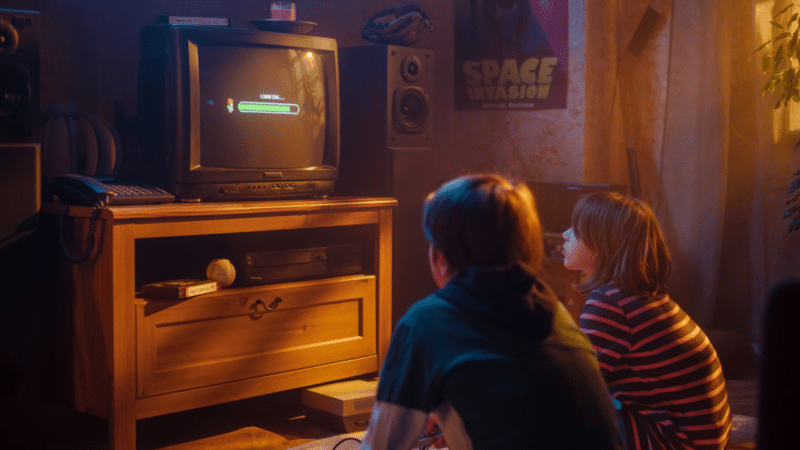






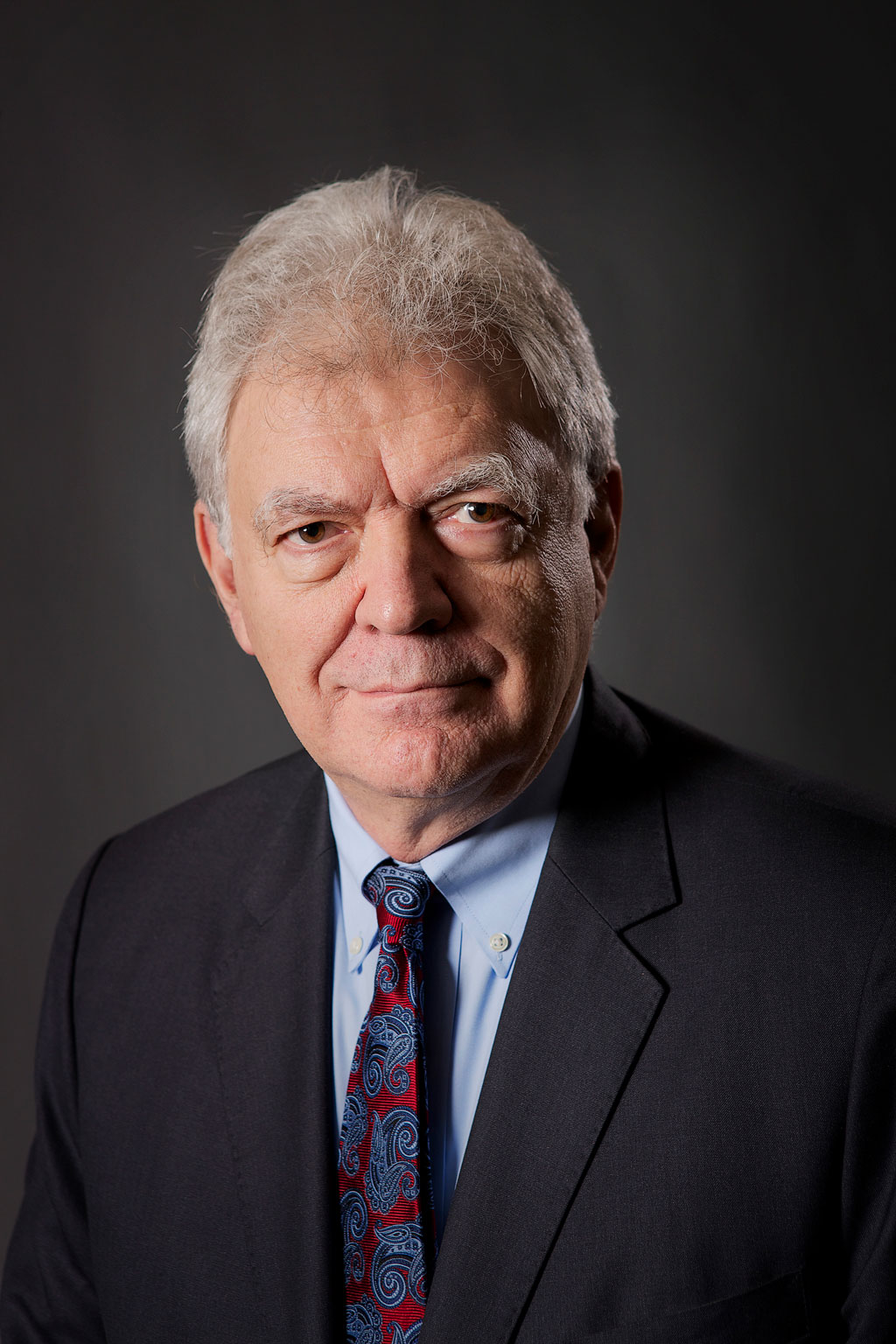


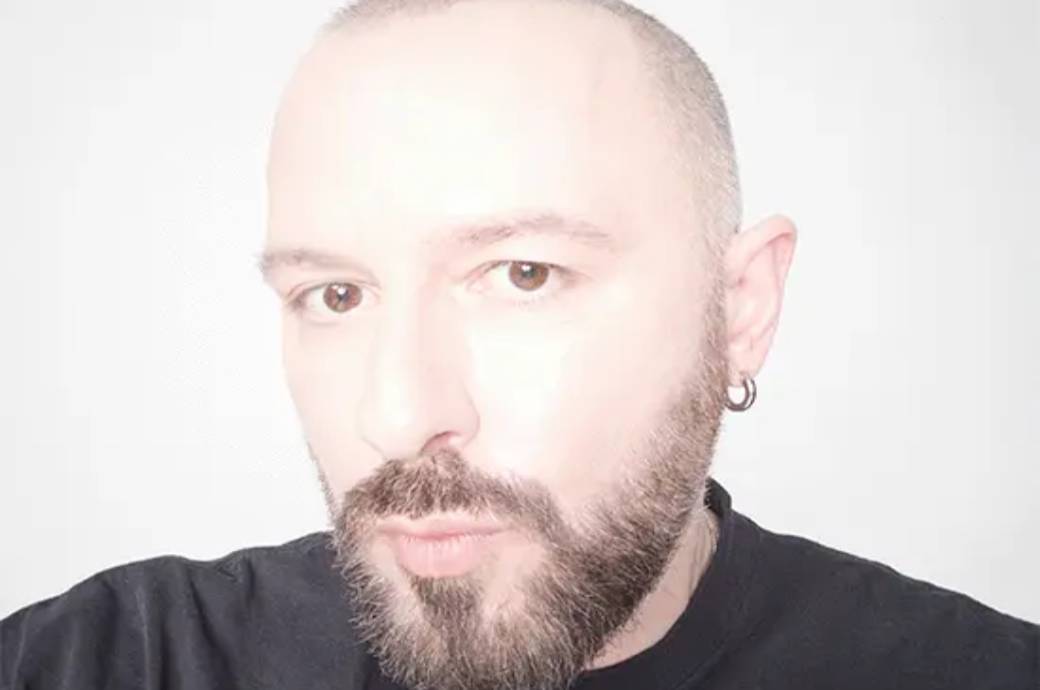




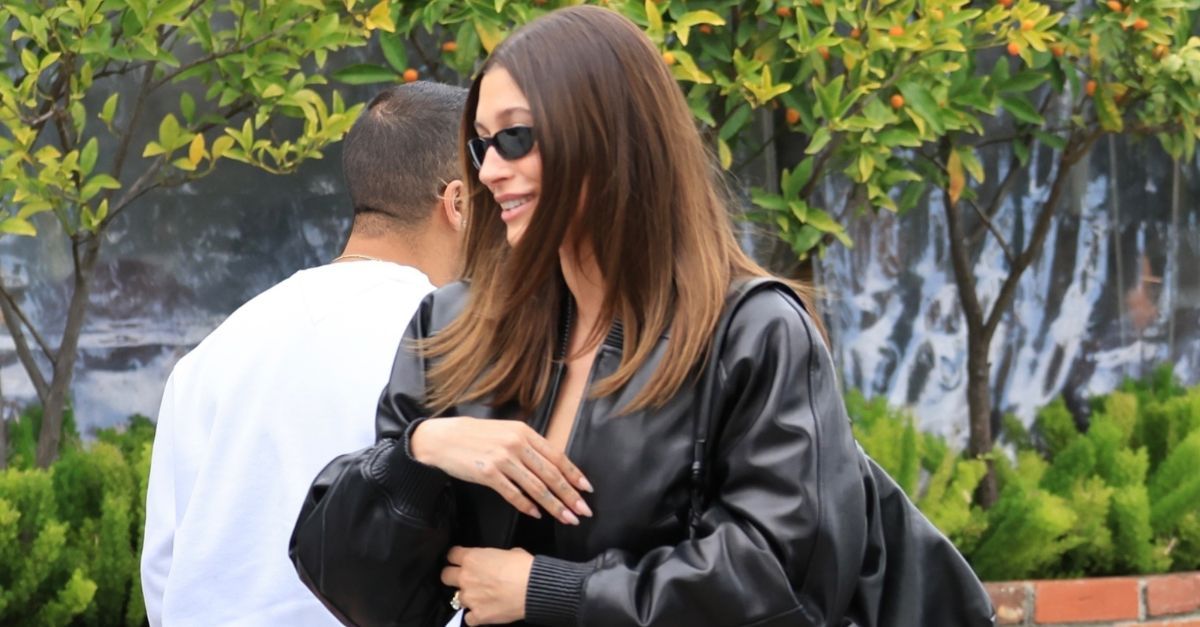









![Spider-Man Is Back in Black With the Green Goblin in New Funko Pop! Figures [Exclusive] Spider-Man Is Back in Black With the Green Goblin in New Funko Pop! Figures [Exclusive]](https://static1.colliderimages.com/wordpress/wp-content/uploads/2025/03/spider-man-the-animated-series-green-goblin.jpg)


